One of the cruelest realities of climate change is this: children often suffer the most. Even when they’ve done the very least to cause it. This is especially true in the world’s poorest, most chaotic regions.
Girls and boys in extreme poverty don’t drive cars, or even ride in them. They have no money to purchase manufactured goods from atmosphere-destroying factories. They can’t even be faulted for leaving their bedroom lights on in the morning. Most have no electricity.
Yet for
children in low-income countries, the impact of climate change can be particularly brutal. Particularly when it’s compounded by threats like armed conflict and economic disaster.
As a result, approximately
1 billion of the world’s children are at an 'extremely high risk' from impacts of the climate crisis. And the results are heartbreaking. Here are three ways climate change can devastate childhoods and steal futures:
1. Climate change can destroy children’s health
Children in parts of Africa are
10 times more likely to die before the age of five than children in wealthy countries. That’s
even before you factor in climate change.
Now, bring on the hotter days, water shortages, dying livestock, an increase in infectious illnesses, flooding and other natural disasters, as well as air pollution. Girls and boys – especially the very youngest – have an army of threats to contend with.
As ponds and rivers dry up,
children must walk further to fetch water. As
clean water sources disappear, dirty water can cause deadly illness. For a baby or young child, for example, diarrheal disease from contaminated water
can quicky turn lethal.
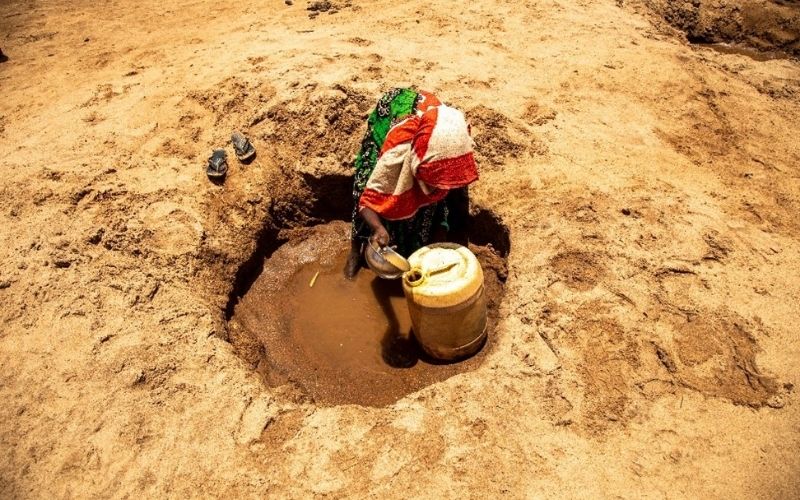 In Somalia, years of relentless droughts have left millions of children without clean, safe water. It’s not unusual to trek several kilometres each way, to fetch water from a muddy hole. Photo: World Vision Somalia
In Somalia, years of relentless droughts have left millions of children without clean, safe water. It’s not unusual to trek several kilometres each way, to fetch water from a muddy hole. Photo: World Vision Somalia
One way or another,
45 per cent of deaths in young children can be attributed to poor nutrition.
- Crops and gardens wither and livestock perish, leaving children with less and less nutritious food to eat.
- Mothers become malnourished and unable to produce breast milk, leading to malnutrition – often severe – in young babies.
- Babies and young children are unable to fight off even the most basic illnesses, without the fortification nutrition provides.
- Children’s illnesses go untreated when parents can’t pay for medical help, or clinics close due to instability in the region.
- Climate change triggers displacement or migration, removing children from the safety of their communities.
As family resources disappear, children may be pulled from school and sent to work in unsafe conditions – another major threat to their health.
2. Climate change robs children of critical education
Education is one of the best ways to alleviate poverty and reduce families’ vulnerability to climate change and natural disasters. Yet the
extreme heat and precipitation from climate change can also hurt children’s ability to finish schooling. Here are other ways climate change can destroy children’s learning:
- Causing weeks or months of missed schooling – as children struggle to survive malnutrition – or frequent waterborne illnesses due to lack of clean, safe water.
- Causing families to migrate in search of food and work, to areas where the effects of climate change are less dire. Families ‘living rough’ don’t often have access to schools for their children.
- Forcing families to flee to refugee camps and settlements – where education is limited or non-existent – just to keep their children alive and fed.
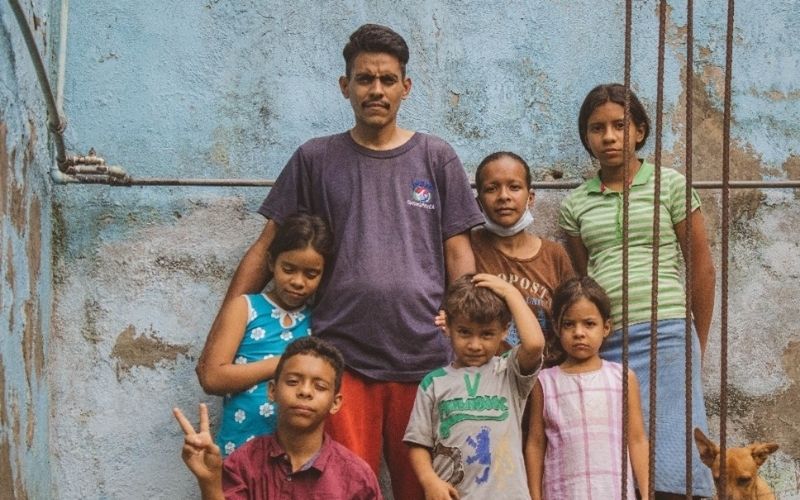 In Venezuela, a severe and persistent drought has led to rationing of water and power. More than six million people fled the country, leaving behind their children’s schools. The drought compounded a humanitarian crisis rooted in political and economic turmoil. Photo: World Vision Venezuela
In Venezuela, a severe and persistent drought has led to rationing of water and power. More than six million people fled the country, leaving behind their children’s schools. The drought compounded a humanitarian crisis rooted in political and economic turmoil. Photo: World Vision Venezuela
Loss of education is only one aspect of the tragedy. Climate change is one of the reasons
152 million children under the age of 18 are forced into child labour, says the International Labour Organization.
Children can be hurt, maimed or even killed doing whatever work is available in a hunger crisis. Lack of protection outside of school – and the desperate need to say ‘yes’ to any job offer – can leave children vulnerable to
exploitation and trafficking.
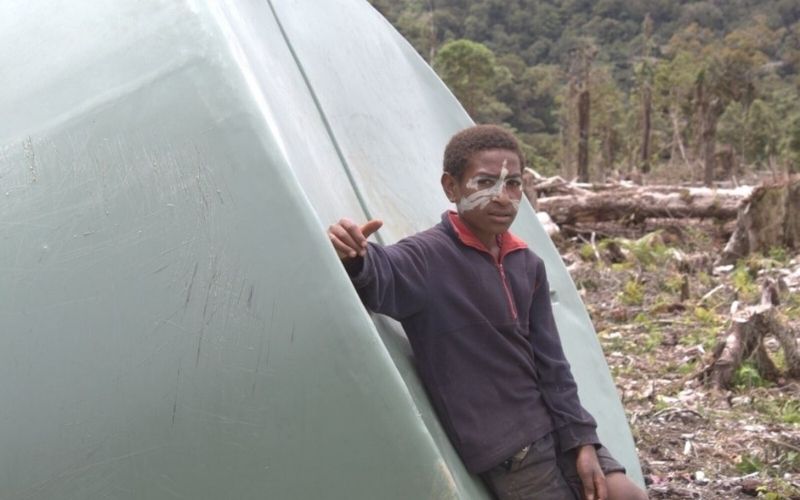 In Papua New Guinea, 12-year-old Levi works with a sharp machete to clear land, since an earthquake destroyed his community. His dreams of becoming a teacher are on hold. Changing water levels underground – exacerbated by climate change – can contribute to earthquake frequency, some scientists have noted. Photo: Judy Moore
3. Climate change can destroy girls’ lives
In Papua New Guinea, 12-year-old Levi works with a sharp machete to clear land, since an earthquake destroyed his community. His dreams of becoming a teacher are on hold. Changing water levels underground – exacerbated by climate change – can contribute to earthquake frequency, some scientists have noted. Photo: Judy Moore
3. Climate change can destroy girls’ lives
Climate change can be especially cruel for girls in the world’s poorest regions. As parents lose crops, herds and livelihoods, even the most loving are forced into unthinkable situations. Some parents may sell a daughter into marriage, to ensure she’s provided for while keeping their other children fed and alive.
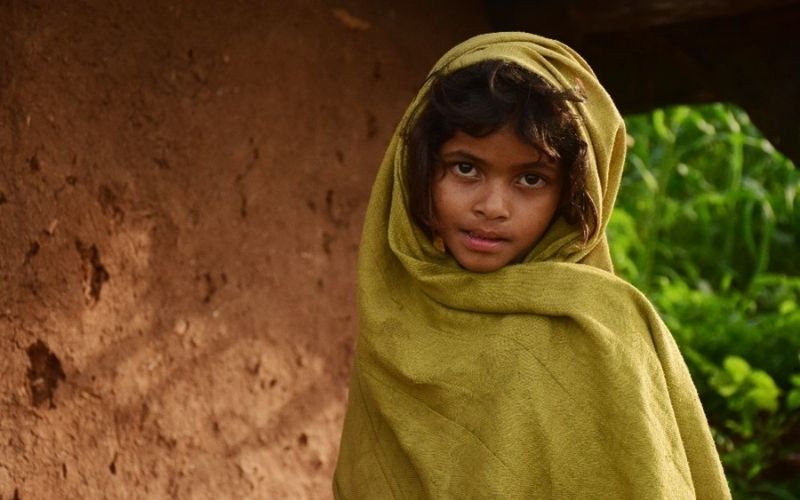 Nine out of 10 of the countries with the highest child marriage rates are considered ‘fragile’ states. Climate change is often a major factor. Photo: Neola D’Souza
Nine out of 10 of the countries with the highest child marriage rates are considered ‘fragile’ states. Climate change is often a major factor. Photo: Neola D’Souza
The number of girls married in childhood currently
stands at 12 million per year. Climate change is among the factors threatening to increase those numbers. Unless progress is made to reverse the trend,
more than 120 million additional girls will marry before age 18 by 2030, says UNICEF.
In some tragic cases, climate change contributes to situations forcing girls to sell sex to stay alive. World Vision has reported that
girls in southern Africa as young as 12 are selling sex to survive the hunger crisis. The cost is roughly the same as a loaf of bread.
Please, how can I help?
World Vision is focused helping the most vulnerable children overcome climate change, conflict and the ongoing effects of a global pandemic. Here are three ways to help:'
1.
Donate to our Raw Hope initiative
Raw Hope comes alongside children in the world’s toughest regions, where compounded crises like climate change, conflict and COVID have left families battling to survive. Afghanistan, Somalia, South Sudan, Syria and Honduras are among them.
2.
Donate through our Gift Catalogue
The effects of a simple gift – donated in honour of a friend or family member – can last a lifetime for a child in need. Here are just a few climate-change-related gifts:
- Give a fuel-efficient stove to reduce deforestation, help families sanitize water and keep children safer from waterborne illness
- Give solar lights, so children can keep up with their studies, even in camps or settlements with no electricity.
- Give solar panels to power water pumps, bringing water closer to children’s homes, even in the midst of drought.
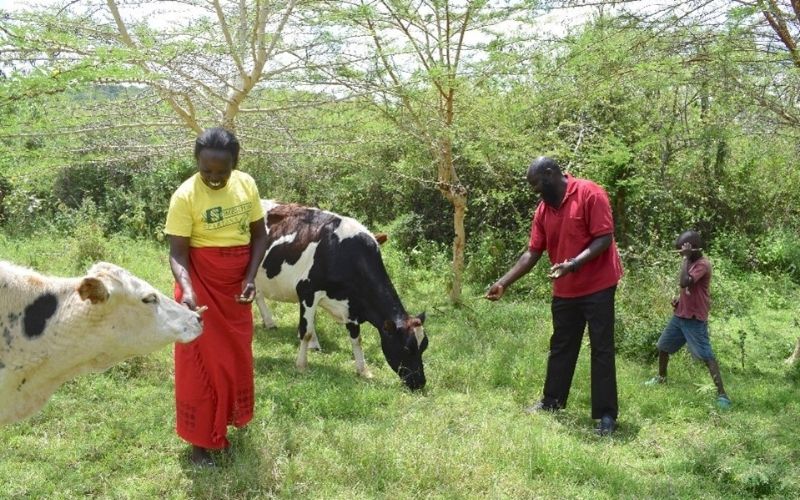 In Kenya, a community which partners with World Vision have planted acacia trees, to help increase grass cover and feed the cattle. Thriving, reproducing cattle mean milk, meat and income for families. Photo: Sarah Ooko
In Kenya, a community which partners with World Vision have planted acacia trees, to help increase grass cover and feed the cattle. Thriving, reproducing cattle mean milk, meat and income for families. Photo: Sarah Ooko
3.
Sponsor a child though World Vision Canada
Child sponsorship can keep communities rooted in the face of climate change, rather than being forced to migrate. Sponsorship helps improve food security, livelihoods and water access, keeping communities and families strong.